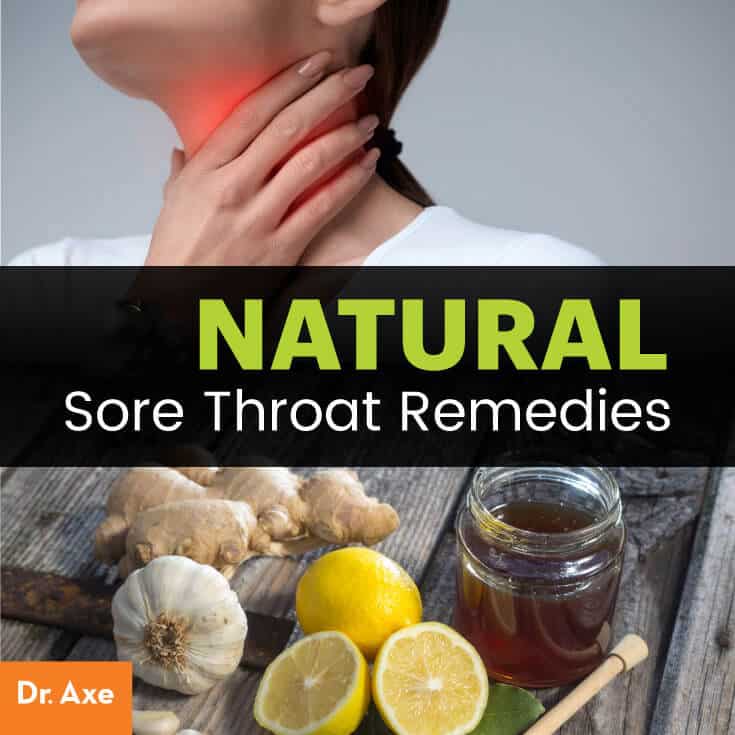How To Choose Toothpaste For Perioral Dermatitis Sufferers?
Perioral dermatitis, a chronic skin condition characterized by inflammation and acne-like eruptions around the mouth, can be challenging to manage. One often overlooked factor that may exacerbate or alleviate the condition is the choice of toothpaste. Selecting the right toothpaste is crucial for individuals suffering from perioral dermatitis, as certain ingredients can irritate the skin and worsen symptoms, while others may help soothe and calm the affected area.
Understanding Perioral Dermatitis
Before diving into the specifics of choosing a toothpaste, it’s essential to understand the basics of perioral dermatitis. This condition is thought to be triggered by a combination of factors, including hormonal changes, stress, and the use of certain cosmetics or skincare products. The symptoms typically include red, inflamed patches of skin around the mouth, often accompanied by small bumps or pustules. Managing perioral dermatitis involves avoiding irritants, using gentle skincare products, and sometimes, treating with topical or oral medications.
Key Ingredients to Avoid in Toothpaste
When suffering from perioral dermatitis, it’s crucial to be mindful of the ingredients in your toothpaste. Some ingredients can irritate the skin, exacerbating the condition. Key ingredients to avoid include:
- Sodium Lauryl Sulfate (SLS): A foaming agent common in toothpastes, SLS can strip the skin of its natural oils, leading to dryness and irritation.
- Fluoride: While fluoride is essential for dental health, high concentrations can be irritating to sensitive skin. However, it’s essential to note that fluoride is a critical component for preventing tooth decay, so completely avoiding it may not be advisable. Instead,look for toothpastes with lower concentrations of fluoride or those specifically designed for sensitive teeth and gums.
- Artificial Sweeteners and Flavorings: Some artificial sweeteners and flavorings can cause skin irritation in sensitive individuals.
- Triclosan: An antibacterial agent found in some toothpastes, triclosan has been linked to skin irritation and other health concerns.
Ingredients That Can Help
While avoiding irritants is a significant step, some ingredients in toothpaste can be beneficial for individuals with perioral dermatitis:
- Aloe Vera: Known for its soothing and calming properties, aloe vera can help reduce inflammation and promote healing.
- Tea Tree Oil: This essential oil has antibacterial properties, which can help control the bacterial infections that sometimes accompany perioral dermatitis. However, it should be used with caution and in dilute form, as concentrated tea tree oil can be irritating.
- Natural Ingredients: Toothpastes with natural ingredients, such as essential oils (in safe concentrations), herbs, and minerals, might be less likely to irritate the skin.
Steps to Choose the Right Toothpaste
- Consult Your Dermatologist: Before making any changes to your skincare or oral care routine, consult with your dermatologist. They can provide personalized advice based on your specific condition and needs.
- Read Labels Carefully: When shopping for toothpaste, read the ingredient labels carefully. Look for products labeled as “hypoallergenic” or “fragrance-free,” as these are less likely to contain common irritants.
- Patch Test: If you’re introducing a new toothpaste, consider doing a patch test on a small area of your skin before using it regularly. This can help you identify any potential allergens or irritants.
- Consider Homemade Options: For some individuals, making their own toothpaste at home using natural ingredients like coconut oil, baking soda, and essential oils (in safe concentrations) can be a good alternative. However, it’s crucial to ensure that any homemade toothpaste is effective in maintaining oral health.
Conclusion
Managing perioral dermatitis requires a multifaceted approach that includes careful selection of oral care products, among other strategies. By avoiding irritants and opting for toothpastes with soothing, natural ingredients, individuals with perioral dermatitis can reduce the risk of exacerbating their condition. Remember, everyone’s skin and oral health needs are different, so what works for one person may not work for another. Always consult with a healthcare provider for personalized advice on managing perioral dermatitis and maintaining good oral health.
Can perioral dermatitis be cured by changing toothpaste alone?
+Changing toothpaste can be one part of managing perioral dermatitis, but it is unlikely to cure the condition on its own. A comprehensive approach that includes skincare, avoiding irritants, and sometimes medical treatment is usually necessary.
How do I know if my toothpaste is irritating my perioral dermatitis?
+If you notice that your perioral dermatitis symptoms worsen after using a particular toothpaste, it could be a sign that an ingredient in the toothpaste is irritating your skin. Look for signs such as increased redness, itching, or the formation of new bumps after brushing your teeth.
Are there any specific certifications I should look for in a toothpaste for sensitive skin?
+Certifications like the Skin Cancer Foundation's Seal of Recommendation or the acceptance from organizations that specialize in oral health and skin conditions can indicate that a toothpaste has met certain standards for safety and efficacy for sensitive skin.
In conclusion, choosing the right toothpaste is a critical aspect of managing perioral dermatitis. By understanding the condition, avoiding harmful ingredients, and selecting toothpastes with beneficial natural ingredients, individuals can better manage their symptoms and work towards clearer, healthier skin. Always remember to consult with healthcare professionals for personalized advice tailored to your unique needs and condition.
